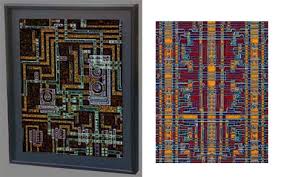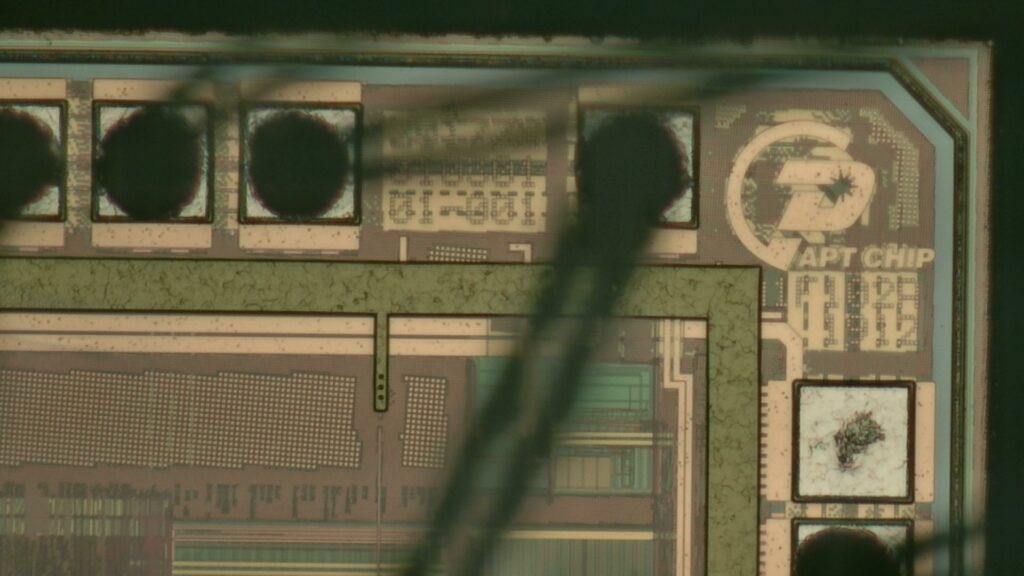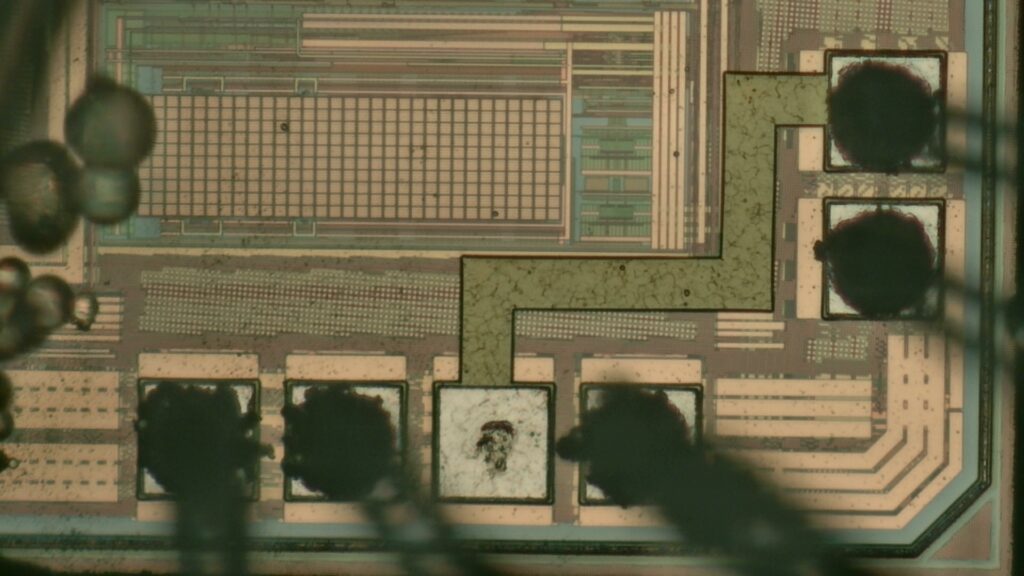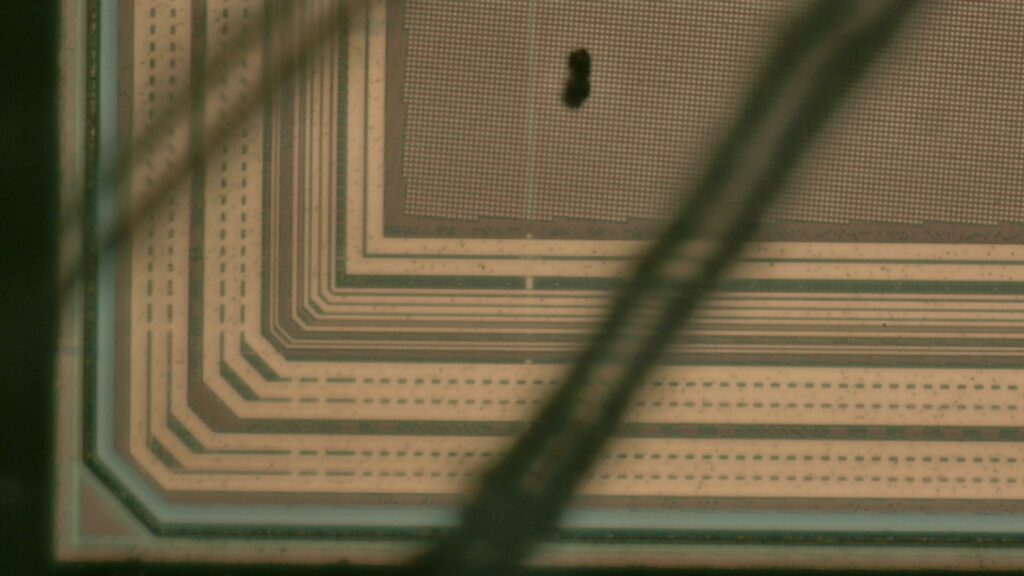Hack Microchip MCU PIC16LF777 Flash Memory
hack Microchip MCU PIC16LF777 flash memory protection to disable the fuse bit, readout secured microcontroller PIC16LF777 flash memory program file and eeprom memory data, the normal format of file is binary code or heximal code after being extracted from locked microprocessor PIC16LF777;
These features are discussed in greater detail in Section 12.0 “Special Features of the CPU”. The clock source frequency (INTOSC direct, INTRC direct or INTOSC postscaler) is selected by configuring the IRCF bits of the OSCCON register to Hack Microchip MCU PIC16LF777 Flash Memory.

Using the internal oscillator as the clock source can eliminate the need for up to two external oscillator pins, which can then be used for digital I/O. Two distinct configurations are available:
In INTIO1 mode, the OSC2 pin outputs FOSC/4 while OSC1 functions as RA7 for digital input and output can help to Clone STM32F103C8 Microprocessor.

In INTIO2 mode, OSC1 functions as RA7 and OSC2 functions as RA6, both for digital input and output.
The internal oscillator’s output has been calibrated at the factory but can be adjusted in the application. This is done by writing to the OSCTUNE register. The tuning sensitivity is constant throughout the tuning range. The OSCTUNE register has a tuning range of ±12.5%.

When the OSCTUNE register is modified and dump the firmware from Microcontroller, the INTOSC and INTRC frequencies will begin shifting to the new fre- quency. The INTRC clock will reach the new frequency within 8 clock cycles (approximately 8 * 32 ms = 256 ms); the INTOSC clock will stabilize within 1 ms. Code execution continues during this shift by Hack Microchip MCU PIC16LF777 Flash Memory.

There is no indication that the shift has occurred when Break IC. Operation of features that depend on the 31.25 kHz INTRC clock source frequency, such as the WDT, Fail-Safe Clock Monitor and peripherals, will also be affected by the change in frequency.
The OSCCON register controls several aspects of the system clock’s operation. The Internal Oscillator Select bits, IRCF2:IRCF0, select the frequency output of the internal oscillator block that is used to drive the system clock by Read Microcontroller IC Microchip. The choices are the INTRC source (31.25 kHz), the INTOSC source (8 MHz) or one of the six frequencies derived from the INTOSC postscaler (125 kHz to 4 MHz). Changing the configuration of these bits has an immediate change on the multiplexor’s frequency output.


